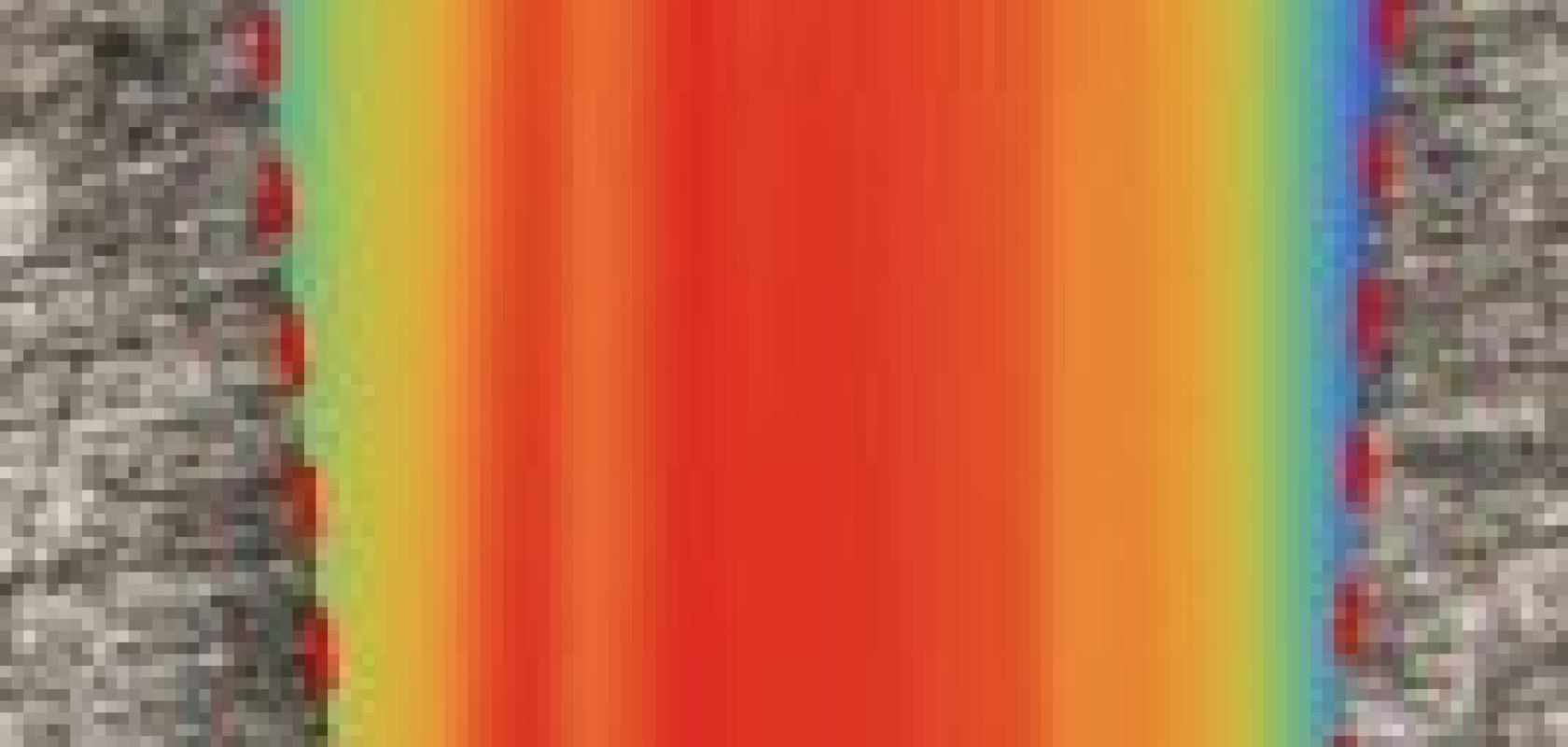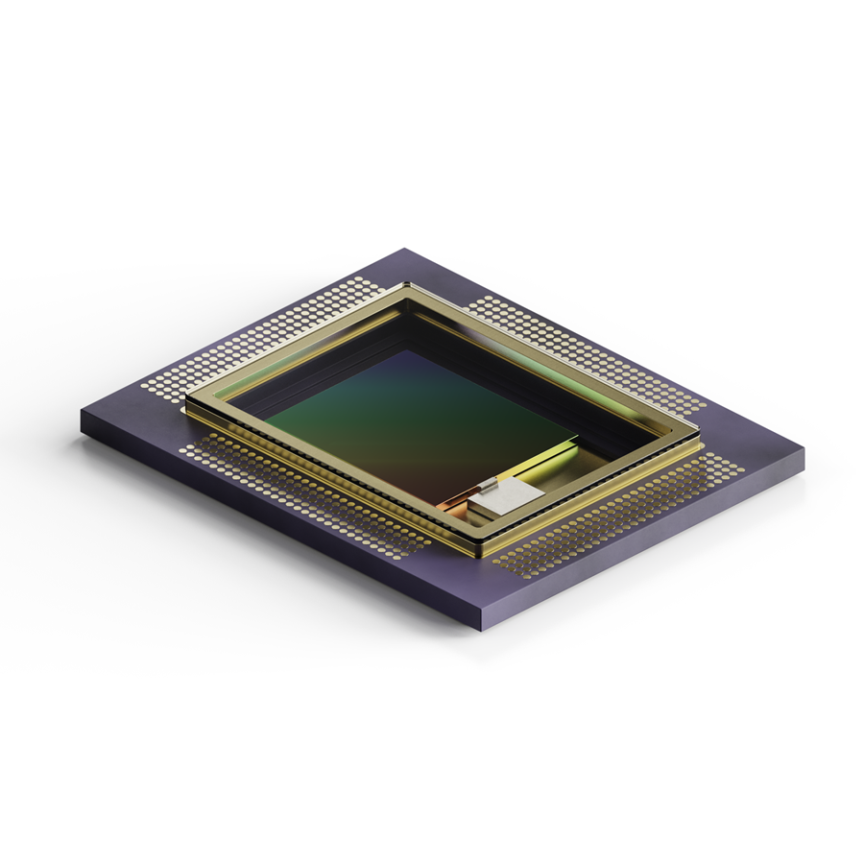Scientists from Fraunhofer ILT have developed the first-ever laser process simulation software that calculates processes in real time and also runs on tablet computers and smartphones. The new software allows users to simulate processes without the need for expensive and complex experiments and to find optimum process parameters even more effectively.
In laser material processing, the simulation of processes has made great strides over the past few years. Today, software is able to simulate a wide variety of processes with a good degree of reliability to predict what will happen on the workpiece. However, these processes are highly complex, and require expert knowledge as well as hours of computing time; this makes it unsuitable for factory workers, who tend to rely on the system providers’ technology tables when setting up new processes.
The simulation experts at the Fraunhofer Institute for Laser Technology ILT have developed new software that requires much less in the way of resources, such that it can even run on tablet computers and smartphones.
This is made possible by simplifying the computing models depending on the specific laser process being carried out – because these simplifications dramatically reduce the complexity of calculations, they therefore produce a result much more quickly.
Conventional simulation programs deliver a complex representation of the processes involved in the interaction of laser beam and material. For the process of laser drilling, for example, users are typically interested in factors like how the conicity of a drill hole changes when parameters such as focal position or spot diameter are adjusted.
The simplified simulation allows the influence of such parameters to be properly investigated, and the results match up with experimental data very well (see image 1 below). In contrast to earlier methods and to regular experiments, now the effects of changed parameters are displayed immediately. In addition, changing individual parameters can be easily carried out by ordinary factory works, and the results appear instantaneously in the adjacent window. This means that the simulation can be carried out directly at the laser machine on portable devices, as opposed to having to leave the factory floor to obtain results.

Image 1: Reduced drilling simulation with beam distribution. The red line shows the good correspondence with the experimental result. Credit: Fraunhofer ILT
According to Fraunhofer, the software has been designed primarily for system developers as well as machine operators. However, the simplification of computing models could also benefit completely new applications. In the automotive sector, for example, the simulation of crash tests still uses up considerable computing capacity, and so transferring the principle of reduced models promises substantial savings.
Further information


